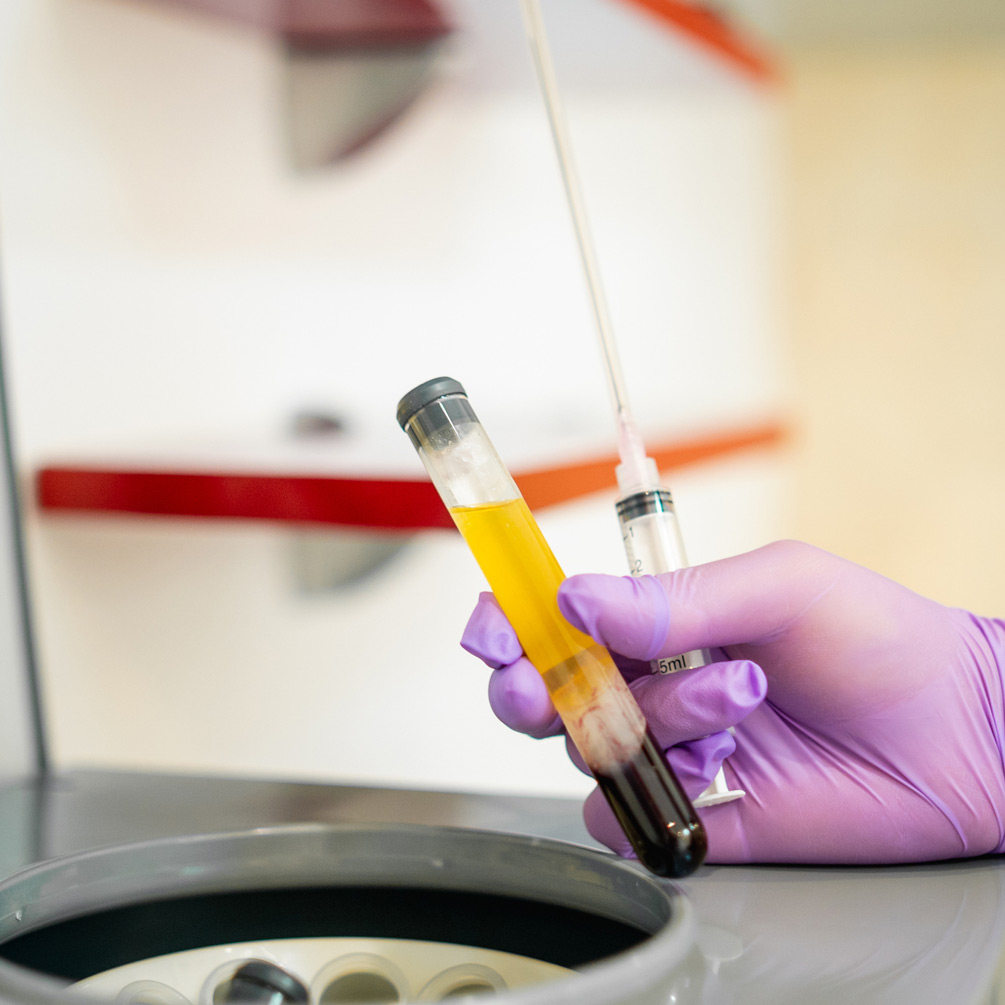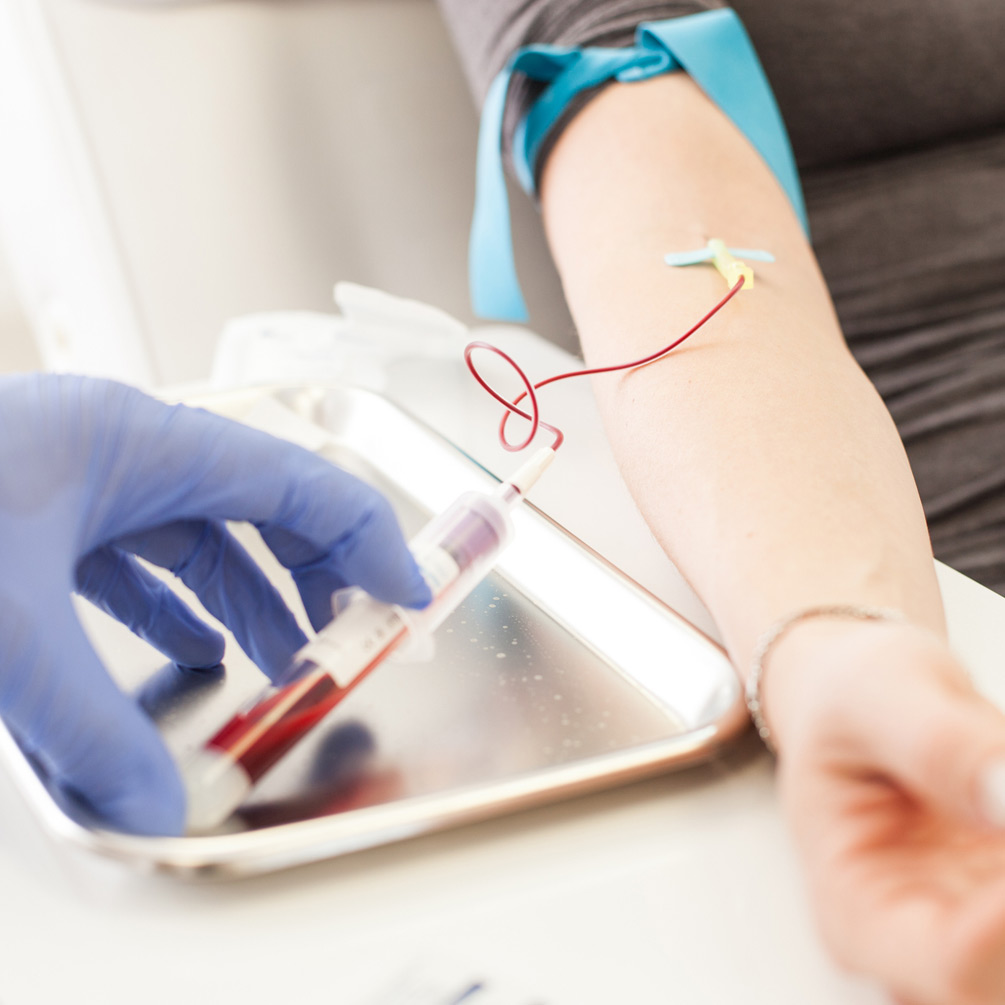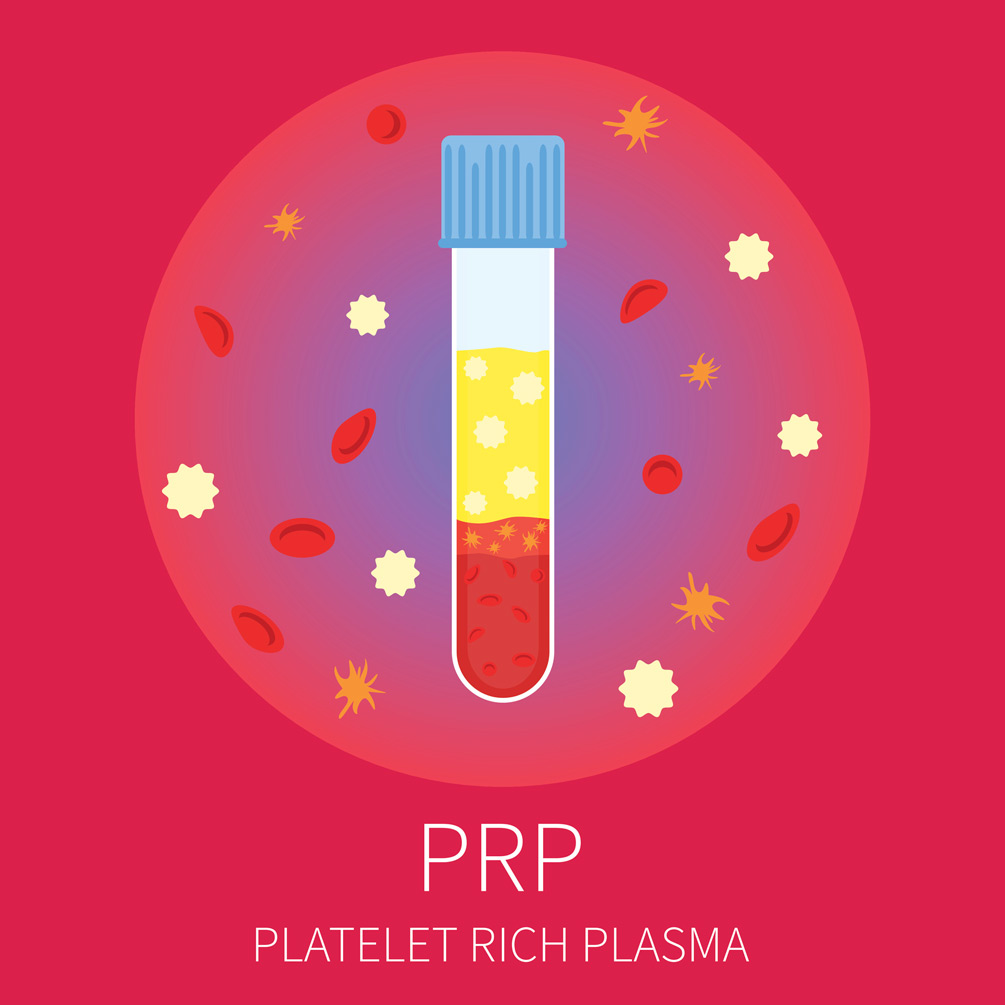
A type of tendinitis, tennis elbow is so-named because the motions associated with tennis can irritate muscles and tendons around the elbow joint and forearm.
However, any action that results in repetitious elbow/forearm movements can contribute to tennis elbow. If you’re not responding well to medication and physical therapy, you may be a good candidate for PRP for tennis elbow.
What Is PRP and What Does It Do?
Platelet-rich plasma (PRP) is a concentrated mixture of platelet cells with special proteins called growth factors, which play a significant role in your body’s natural healing and regeneration processes. The idea behind what’s sometimes referred to as PRP therapy is to inject a concentrated mixture of your own blood into the affected area to enhance your body’s healing powers.


Is PRP for Tennis Elbow Right for You?
A tennis elbow diagnosis is usually made based on your symptoms. Image tests may be done to confirm that it’s soft tissues in and around your elbow that are likely responsible for your discomfort. Before PRP for tennis elbow becomes an option, you’ll likely be advised to manage symptoms with anti-inflammatory medication and a physical therapy routine that may include eccentric exercises – e.g., slowly lowering your wrist and lifting it again. But if these conservative care efforts aren’t effective, you may be a suitable candidate for PRP injections if the following circumstances apply to you:
- You’re in otherwise good health except for your elbow-related pain
- You’re not ready to consider surgery
- You’re willing to actively participate in any post-procedure rehab that may be recommended
How Is the Procedure Done?
PRP is collected by taking some of your blood. The collected blood is spun at high speeds in a centrifuge. The spun blood contains a mixture of platelet-rich plasma with plasma and growth factors. There are also some red blood cells in the mixture. In some instances, an activating agent may be injected to trigger the effects of the PRP. However, there’s research suggesting the act of injecting PRP into the affected soft tissues can activate the PRP. A topical or local anesthetic is sometimes used to make the process comfortable.
What Can You Expect After Treatment?
The relief from PRP for tennis elbow isn’t immediate. This is very similar to what’s experienced with cortisone injections. It may take a few weeks to notice the full results since it takes some time for the PRP to begin working on tissues in and around your affected elbow. As your discomfort begins to lessen, you’ll likely to be encouraged to take more of an active role in PT to further increase the strength of soft tissues and joints.
If PRP for tennis elbow provides the desired relief, you may be advised to pay more attention to your form and technique when playing sports requiring repetitious arm and wrist movements. There are also specially designed elbow pads that can provide added protection and support as you recover and heal from tennis elbow. If your symptoms are occupation-related, making an effort to alternate arms may reduce your risk of recurrence.

